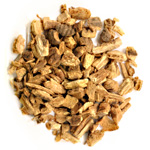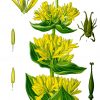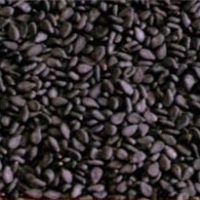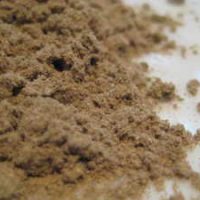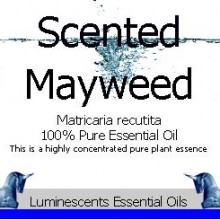Gentian Root (Gentiana lutea) and rhizome is named after King Gentius of ancient Illyria (180-167 B.C.) who is said to have discovered its medicinal properties. It is also known as Bitter Root, Bitterwort, Yellow Gentian, Pale Gentian and Felwort (and it is bitter, very bitter!)
Traditional Uses of Gentian Root:-
Traditionally, Gentian Root is used for treating flatulent colic and indigestion. In Ayurvedic medicine, Gentian’s actions are classified as bitter, gastric stimulant and bile stimulant. Dr. James Duke, author of The Green Pharmacy, also recommends Gentian Root for treating earache, heartburn and hypothyroidism.
It is used to produce an alcoholic beverage called, unsurpisingly Gentian, produced in the Swiss Alps and it is harvested from the wild (because it is not so easy to cultivate) to make all sorts of apéritifs and liqueurs.
Gentian root is a common beverage flavouring for many “bitters”. The soft drink “Moxie” and the French liqueur “Suze” are both made with the bitter Gentian. “Aperol” an Italian liqueur and “Underberg” a German after dinner digest both contain it and “Angostura Bitters” wouldn’t be what it is without it!
Constituents of Gentian Root:-
The compounds of special interest are the strongly bitter secoiridoids, of which gentiopicroside (also known as gentiopicrin) is the main constituent (2-3%), together with smaller quantities of swertiamarin and sweroside. The bitter taste is mainly due to amarogentin, a minor compound (only up to 0.084% dry weight!) but with a bitterness value of 50 000 000. This is one of the most intensely bitter substances known. Xanthones such as gentisin, isogentisin and gentioside are also present, and give the roots their characteristic yellow colour. In addition, the rhizomes and roots contain phytosterols, phenolic acids, trisaccharides (gentianose) and polysaccharides (pectin).
Cautions
It is generally accepted that Gentian should not be taken if suffering from high blood pressure or gastro/intestinal ulceration.

